Applications and Technology. Change is a daily phenomenon. So many companies have a plan for transforming their technology to Cloud. And this happens when industries change. The analogy would be with a ship that repairs its engine while attempting to control speed in storms. It paid off.
One of the reports from Gartner shows how technology is bringing change in its surroundings. Since 2010 you can witness the changes and shifts in cloud technology. All creations have a significant effect on companies and still deliver enormous benefits.
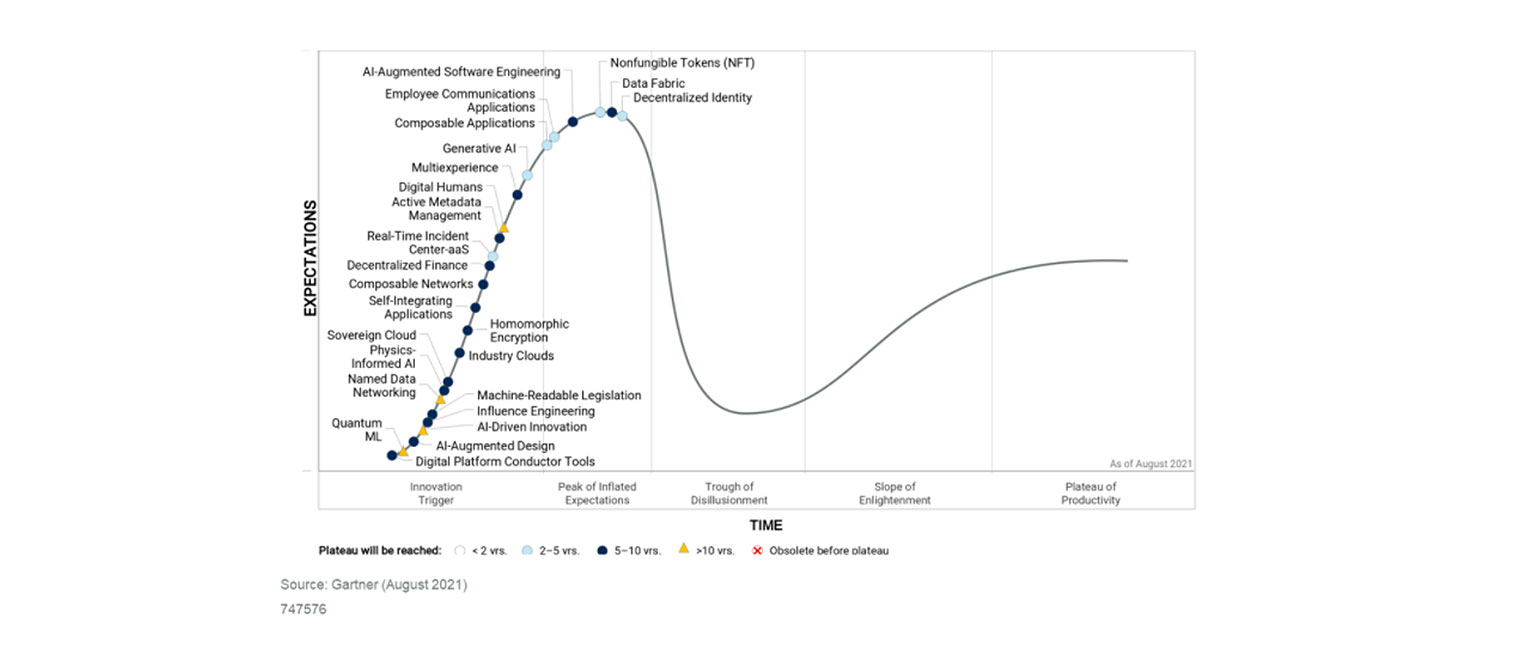
These are some useful statistics to embellish the above statement:
- The development momentum of Public cloud services was reported about 18% in 2019, which increased to a $215 Billion in market share that was around $150 Billion in 2018.
- In 2021, about 83% of business was done through Cloud. And 41% were working with the Public Cloud services.
- Financial institutions and investors are more interested in cloud-based services and investing in insurance and healthcare.
Cloud app development organizations are known for driving success through cutting-edge solutions.
"Cloud has become the most viable way of accessing software, documents, and other files. Everyone from small businesses to large corporations is looking for a mobile and cost-effective way of turning their ideas into reality. Now is always a better time to partner with a digital developer.
The "cloud" (remote working) is expected to grow even faster in the years to come. This is mainly because of COVID-19, making remote work the norm. To help you understand this fantastic technology better, here are some of the best case studies out there.
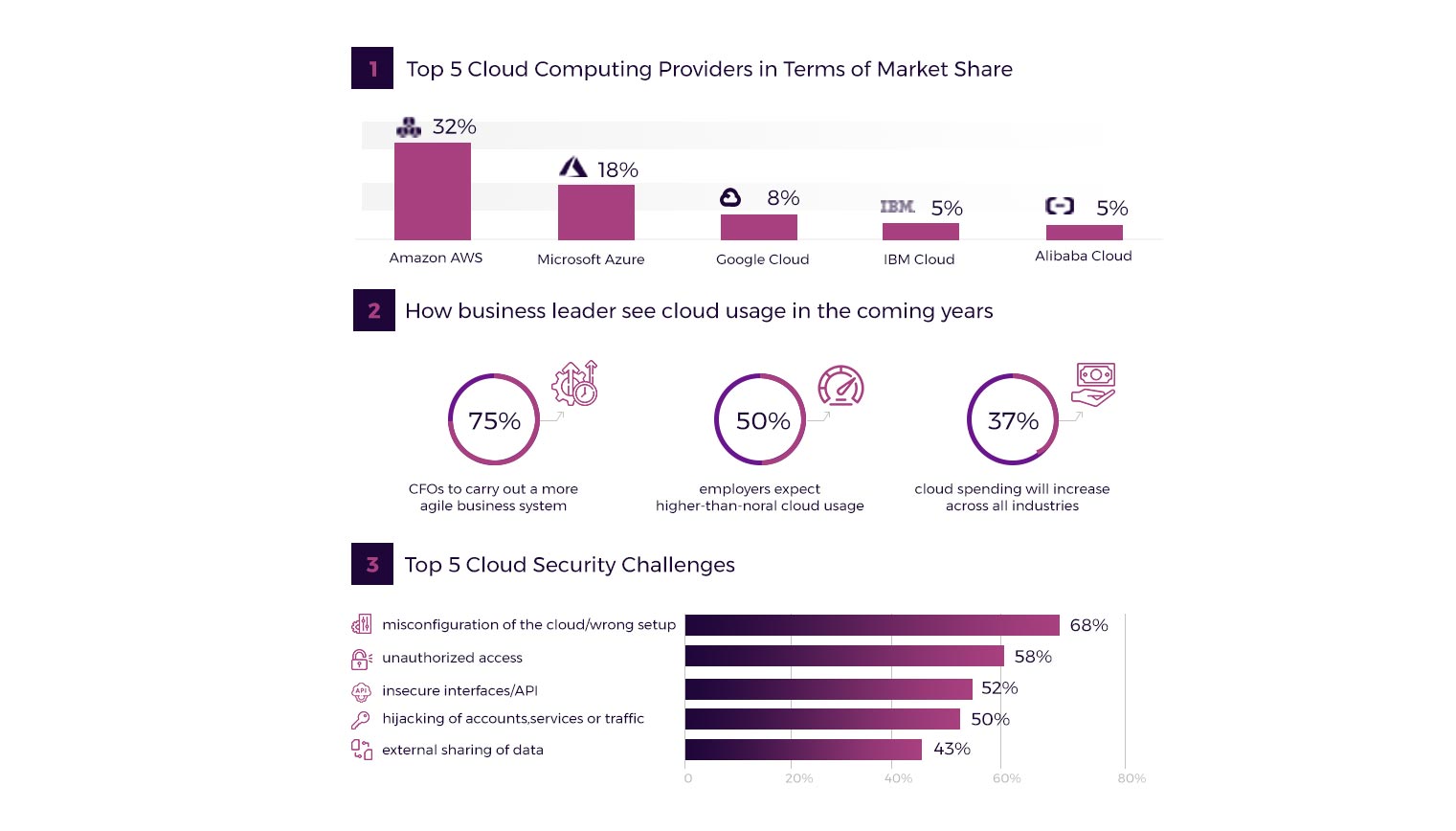
With COVID-19 becoming increasingly prevalent, many organizations must now find ways to enable their staff to work remotely. Cloud computing offers an easy, affordable, and convenient way to do this.
When you switch to the cloud, renowned companies found that around 65% of business leaders believe that they can save you up to 10% of your costs on average. However, there are other benefits when you go with a SaaS solution.
Approximately 12-15% of the survey participants are experiencing significant benefits from their involvement with the cloud. Even despite economic turbulence around the world, they can capitalize on cloud services because they see it as a means for innovation.
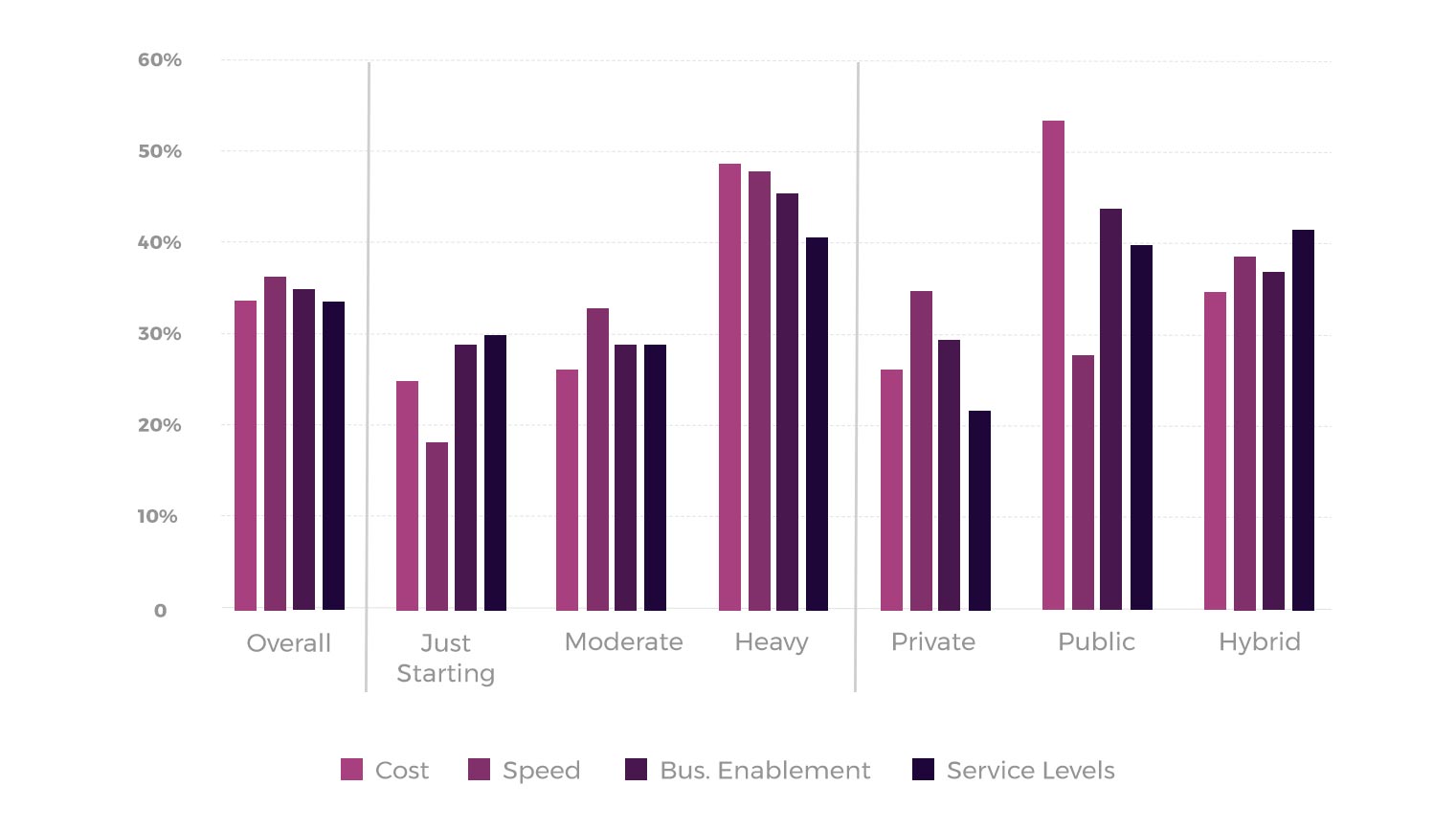
Continuum Competitors
As businesses use cloud capabilities; they uncover new opportunities or alternatives to meet their changing needs. Organizations working with Cloud Continuum have a technological base to help themselves today.
Companies called Continual Competitors use cloud technology to develop new operating models rather than one static site, and the reason is the cloud's capabilities. Businesses are constantly adapting to technology.
They change approaches to customer service, partners and employees; how they design and sell products and services; how they construct and maintain IT systems; and how they view information and computation.
This cloud continuum strategy is winning the race hands-down on various fronts. For example, Continuum’s competitors reduce their costs by 1.2x-2.7x more than if they migrated to it and are 2x-3x more likely to innovate or reengineer knowledge activities.
It is also three times more likely to use the Cloud to achieve at least two environmental goals. These may include using green energy sources, designing for lower power usage, and better server storage.
Assembling Your Wished Future
Continuous competition uses its superior positions in two forms. First, the customer must choose the exemplary cloud computing service. Then they developed elaborate procedures for using such technologies.
Continuum Cloud provides companies with a wide range of cloud services and solutions seamlessly across the cloud. The decisions you make and their speed and precision are the main factors determining who will be the next leader.
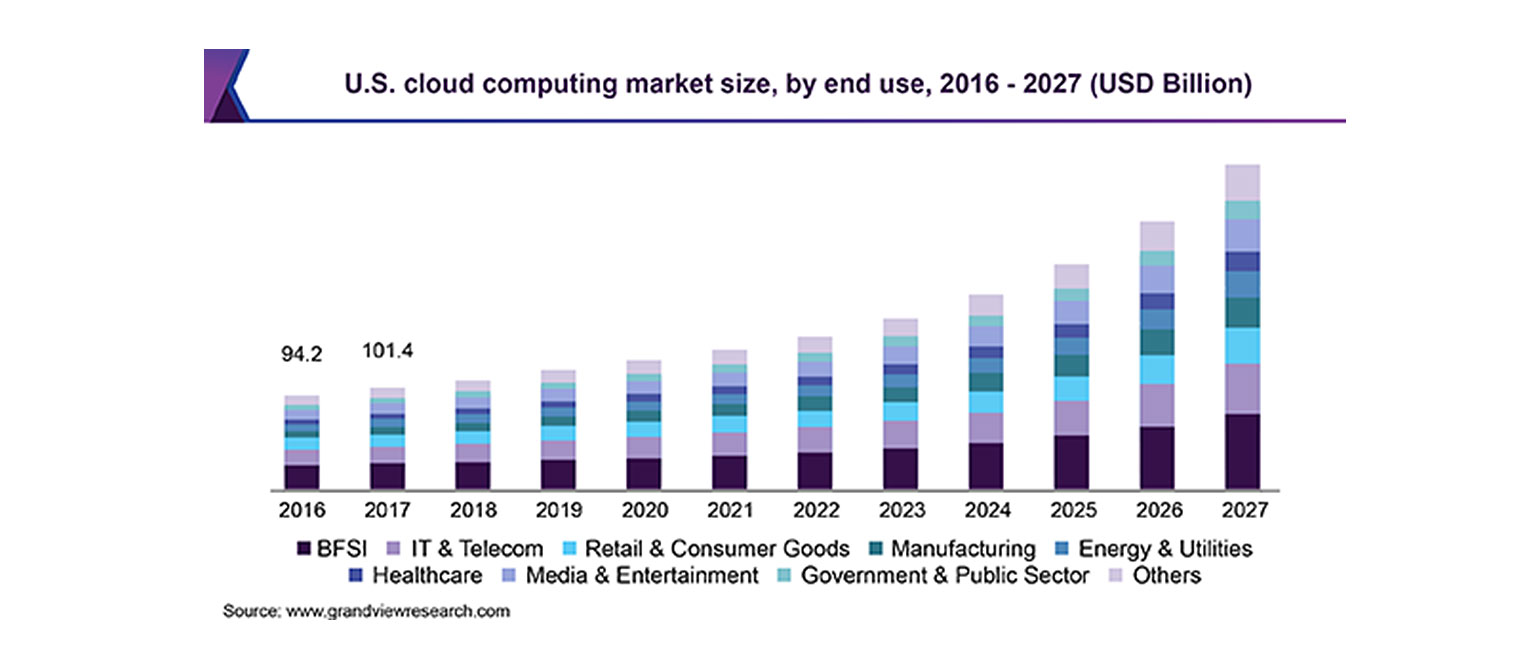
In the past decade or so, cloud computing has been on the rise and was adopted by big corporations, small businesses, startups, government institutions, and non-profits.
The market size was USD 266 Billion for global cloud computing and is projected to grow at a CAGR of 14.9% from 2020-to 2027.
Overcoming Barriers to Cloud Adoption
The migration process may take time or effort and may take some steps. Navigating the complexities is a challenge. And there is the cyber attack. Even with the cloud providing far more robust security than the on-premise solution, many companies still worry about data loss.
One thing that is holding back organizations from adopting the cloud is the fear of moving sensitive data to a new location, and rightly so.
Therefore, they are more cautious about moving employee information into the cloud. But there are plenty of steps an organization can take to mitigate these risks and make the transition to the cloud much smoother.
- Take stock of your current network security.
- Research what others have done with similar issues.
- Make a plan to manage passwords and access credentials across your organization.
- Develop a robust disaster recovery plan that includes cloud backups and redundancy.
- Look at specific tools that automate data migration for you (rather than relying on humans or manually migrating).
- Incorporate business continuity management into your strategy for risk management in general, not just when it comes to the
Apart from this, we have listed down the ways of overcoming the doubts of whether choosing cloud continuum is an intelligent choice or not. Let’s start it.
The Cloud Continuum: Future Operating Model
The cloud continuum has a plethora of capabilities from the public to the edge, with networks and practices facilitating seamless connectivity from point to the point of Cloud practices.
Here is the old model of how people have been with cloud-based technologies:
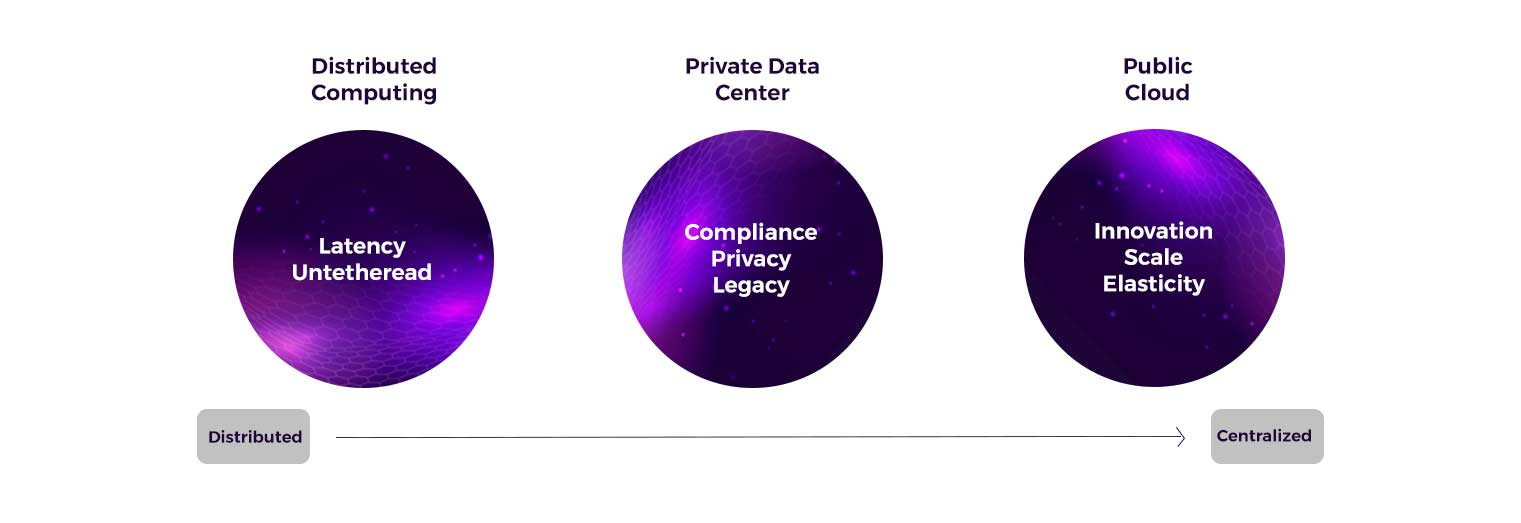
The Cloud Continuum comprises various technologies, depending on where they are. They can be nearby or entirely off-premise.
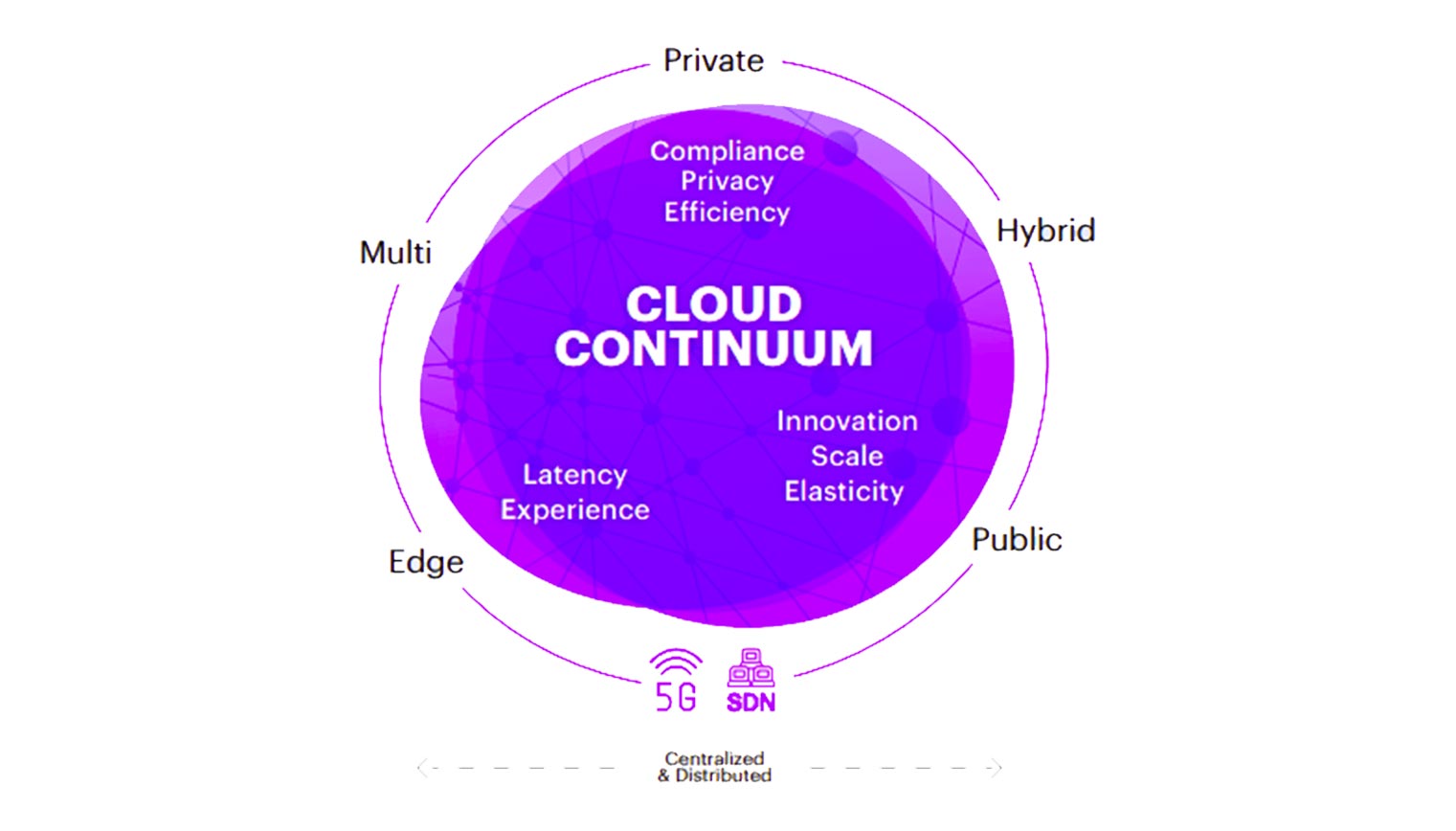
Cloud-first 5G along with the software-defined networks collect the Continuum, which means access to the cloud is now ubiquitous, and there'll be no point where you're locked out of one because you were on a specific network.
Viewing Cloud as Continuum
Continuum Competitors decide across Cloud Continual on unified technologies that support businesses' constantly changing demand. They recognize that the cloud has multiple features that extend from the public to the edge – and everything in between.
This Cloud Continuum includes various forms of ownership and location (from private to public to hybrid, to colocation to multi-cloud and edge), enabling the use of next-generation connectivity.
Edge computing is the advancement of an extended cloud continuum. The number of places where AI and IoT are implemented is only increasing - hospitals, factories, retail locations, traffic lights - it's exciting that they'll soon be getting smarter too.
Much of the edge operates on the most sensitive data & powers the most critical systems, making it really important to make sure these work reliably and safely.
Using AI & IoT technology can help make decisions about these core systems you rely on daily. This system leverages you the opportunity to tap into these systems.
Cloud as a catalyst for innovation
Cloud computing is an instrumental component of digital transformation.
Cloud computing is less power hungry and provides higher performance because of the virtualization that happens on the cloud. It also has got its services at a lower rate when compared to traditional IT models.
Cloud computing is the use of a large group of servers that can store and process data and any other resource needed for a variety of applications. The idea behind cloud computing is that it's more cost-effective and efficient.
Cloud technology has been shown to provide an easy way to analyze data instantly and improve the decision-making process, allowing companies to innovate and differentiate through rapid innovation. Cloud computing offers an innovative platform to increase business agility, improve system resilience and improve the performance of systems.
Establish continuous goals
Cloud technologies help companies collect incremental feedback, continuously changing their goals to get the most out of it. Using waterfalls in estate management means making periodic and significant adjustments.
The aligned goals are a continuous and not episodic process that meets a specific purpose.
The Cloud continuum is a set of integrated services for cloud applications. It is designed to help enterprises transition to the cloud by prioritizing security, availability, and flexibility.
There are various reasons why businesses may want to switch to the Cloud. Some are around cost savings, easier management, or because the company lacks in-house IT staff. The cloud offers complete flexibility regarding where data lives and how IT services are delivered - no matter if it's hardware-centric or software-centric.
Cloud-first apps
"Cloud-first" is not just a catchphrase. It is the next step in software and application architecture.
Cloud applications can be used as a good backup for business continuity and disaster recovery. There's no need to worry about IT problems or downtime when the infrastructure is up and running because everything will be on the cloud.
Before transitioning to cloud-first apps, there are many considerations, such as data ownership, data synchronization, and security concerns. But as more businesses move towards the cloud, more providers will pop up with their offerings varying from pricing plans to features so companies can find what suits them best.
The cloud app will improve the customer experience for a more personalized user experience. Cloud is primarily used to develop new applications, though the fundamentals remain a legacy. Many software developers currently use the cloud.
Manage your Tech Debt and Scale Awareness
Scale awareness can be considered a technique describing the extreme nature of cloud technologies advancements. For example, you are managing the job much easier how the cloud Continuum can overcome the challenges.
Managing tech debt is a crucial thing in the scaling journey. If you don’t manage your tech debt, you will end up in one of these three scenarios - your software team will be constantly busy trying to fix bugs, will put your business on hold due to system failure, or your company will go out of business.
The key to managing tech debt is having an active awareness of what’s happening with the code.
By constantly monitoring the quality and maintainability of the code, you can get more visibility on progress and better track what needs to be done next.
Skill and Talent Transformation
Cloud technology advancements make managing the job much easier. Tactical cloud usage is used as part of digital transformation to fill gaps—continuous compression changes as loud practices.
Cloud-based learning technology has been creating a paradigm shift in the way people learn content and skills. Learning no longer means going to a classroom - you can do it anytime, anywhere, from learning about the basics of marketing to understanding the intricacies of software development, enabling cloud access to individuals in their courses on any device without needing an internet connection.
This shift is making it easier for people to pursue new careers or change jobs by providing them with more opportunities to learn new skills without relocating or taking time off work.
Experimentation with purpose
Organizations should explore Cloud services in a new way. Modern cloud standards require constant improvement to provide excellent experiences for users.
The cloud continuum is the dynamic movement of state and data across heterogeneous cloud environments.
The concept of the cloud continuum is a flexible model which allows for different types of cloud providers to work together and share resources. These resources can be anything from storage, compute and networking and offer various benefits such as scalability, flexibility, cost efficiency, and disaster tolerance.
Ecosystem Network Effects
The number and involvement of the ecosystems increase network impact. Several factors impact the quality of participants.
The cloud continuum is a sequence of cloud services that can seamlessly move data from one service to another. Cloud services are interconnected, which allows the user to create a seamless experience for their customers.
Services in the continuum are often made up of three parts:
- Storage - this will store the data
- Processing - this will process the data for your needs
- Analytics - this will help you analyze your data
Elements For Achieving Total Value From Cloud continuum
Clouds Continuums fundamental features are rapid and changeless. It’s crucial to develop agile techniques using continuously improved technologies. There is an array of the cloud continuum's essential characteristics in this sense.
Cybersecurity and Compliance Design for Cloud Computing
To maximize value in the Cloud, the organization needs to take on shared responsibility for cloud security - namely, that you only have to manage data classes, control access, and cloud configuration. Cloud Services Providers (CSPs) collect hardware and operations in the data center.
Selecting the best cybersecurity framework requires understanding your organization's regions of competence and business needs. The framework is divided Into three main types: Regulations for industries, Locations, and a Framework focused on the security architect (involving human resource processes technologies).
It's Right Time Now
Cloud computing will become pervasive and will be considered necessary for most businesses. In fact, according to Gartner, the majority of people who participated in a recent survey said that their companies would follow a `cloud-first' strategy going forward.
Cloud technology is set to transform the way a company operates and innovates. Enterprises should take advantage of this transformation by using a cloud platform to handle all their business needs, from supply-chain to development.
To get the most out of the Cloud Continuum, you need to understand its potential and what it can do for your business. Your company needs to adopt cloud-first thinking, right from top to bottom.
Frequently Asked Questions
Q1. How Many Types Of Cloud Are There In The Cloud Continuum Of Services?
Cloud services are generally offered as three kinds of procuring cloud managed services: SaaS (Software as a Service), Infrastructure As a Service (infrastructure as a Services), and PaaS (Software as a Service). Each cloud model is unique in that it provides different advantages and can meet various business needs.
Q2. Is Cloud Computing Is A Continuum Of Which Edge Is A Crucial Component?
Edge Computing is at the center and Cloud at the peripheral. Cloud computing is an evolving continuum where edges are critical components. Cloud-based computing could replace Cloud Computing.
Q3. Why Use Cloud Computing?
Rapid Market: The ability to build on the cloud allows for quick application marketability. Hardware faults: The data will not be lost despite network backup systems. Save on Equipment: Cloud computing uses remote resources, reducing IT costs for servers and other equipment.
Related Articles
Business Resilience
Cloud-Based Digital Learning Solution for Education Industry


